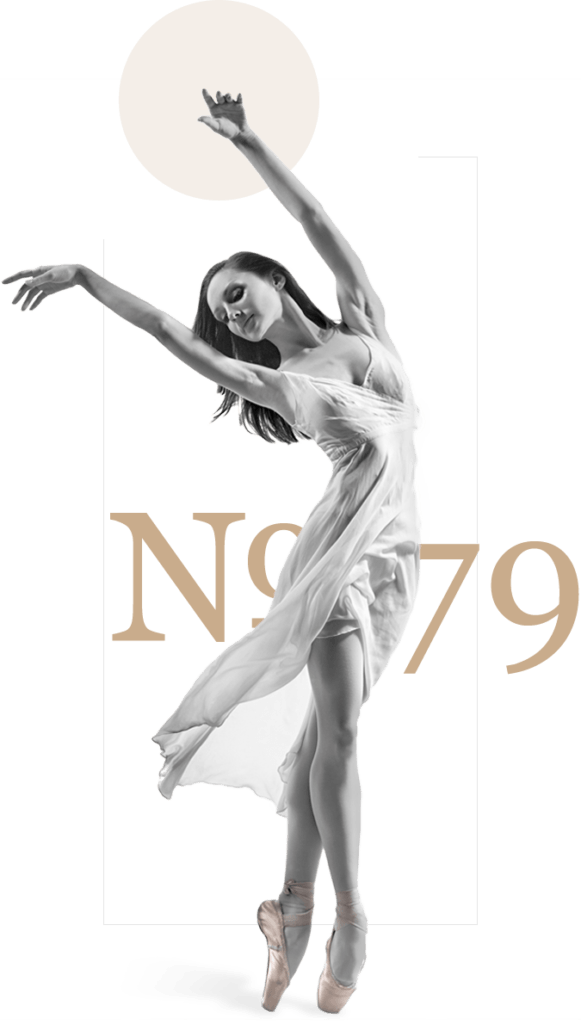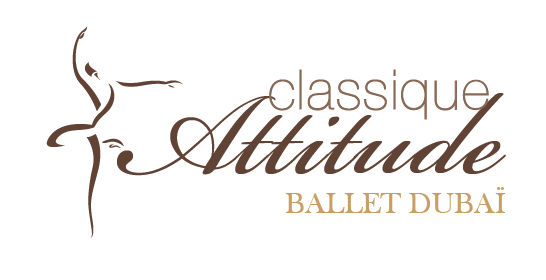The
Classique Attitude
Teaching
The concept
Ballet dance classes which teach the fundamental ballet techniques, with an educational and artistic foundation at its core
Accompany students in learning specific ballet dance gestures, gaining body strength, sensitivity and creativity
Allow students to live an artistic experience
Discover a new art form
Personal development
An
innovative
teachnig
A place of teaching and discovery (not an activity to be consumed)
Classes for Adults and Senior (including beginners)
Designed in collaboration with the A.F.C.M.D : Functional Analysis of the Body in Dance Movement
Development of an artistic therapy: use dance as a means of communication with and between people in need
Focus
Teachnig
Philosophy
according to Domitille
INNOVATION
Work on your body in the making, challenged by life’s ups and downs
EXPERIMENT
Functional analysis of the body in dance movement
REACTIVITY
Responding to new needs and positions
PREPARATION
Audition and applications for Conservatories and Higher Education
PARTNERSHIP
With important institutions (CCN, Companies, Operas)
the
Classique Attitude
Ballet

By Domitille
DANCE AS LIFE BALANCE
To develop and enrich the physical and moral principals of ballet dance. Enhance the beauty and perception of the physical body in an artistic form of rhythm, strength, flexibility, endurance, balance, imagination and expression.
DANCE, A SCHOOL OF LIFE
For young people, classical dance is often considered as a school of life, associated with ‘a school of perseverance’. Some parents are aware of the ‘zapping generation’ in which their children are currently growing up. They want to use dance to instill certain social values which are starting to disappear.
DANCE, A SHARED PASSION
A student’s passion and consistency together with the teacher’s own expertise creates an ideal combination to overcome any obstacles that may occur when learning such a demanding discipline.
DANCE, A WORD ABOUT ‘TECHNIQUE’
Certain dance theorists interpret the term “technique” purely in the sense of virtuosity, based on the interest and spirit of competition. This encourages dancers to produce exaggerated interpretations to the detriment of a more noble artistic performance.
Personally, I see ‘technique’ as the grammar and syntax of the academic dance. It inspires a more artistic expression and composition filled with emotion, although often considered ‘inferior’ or ‘lesser than’ rigorous forms and impeccable style.

